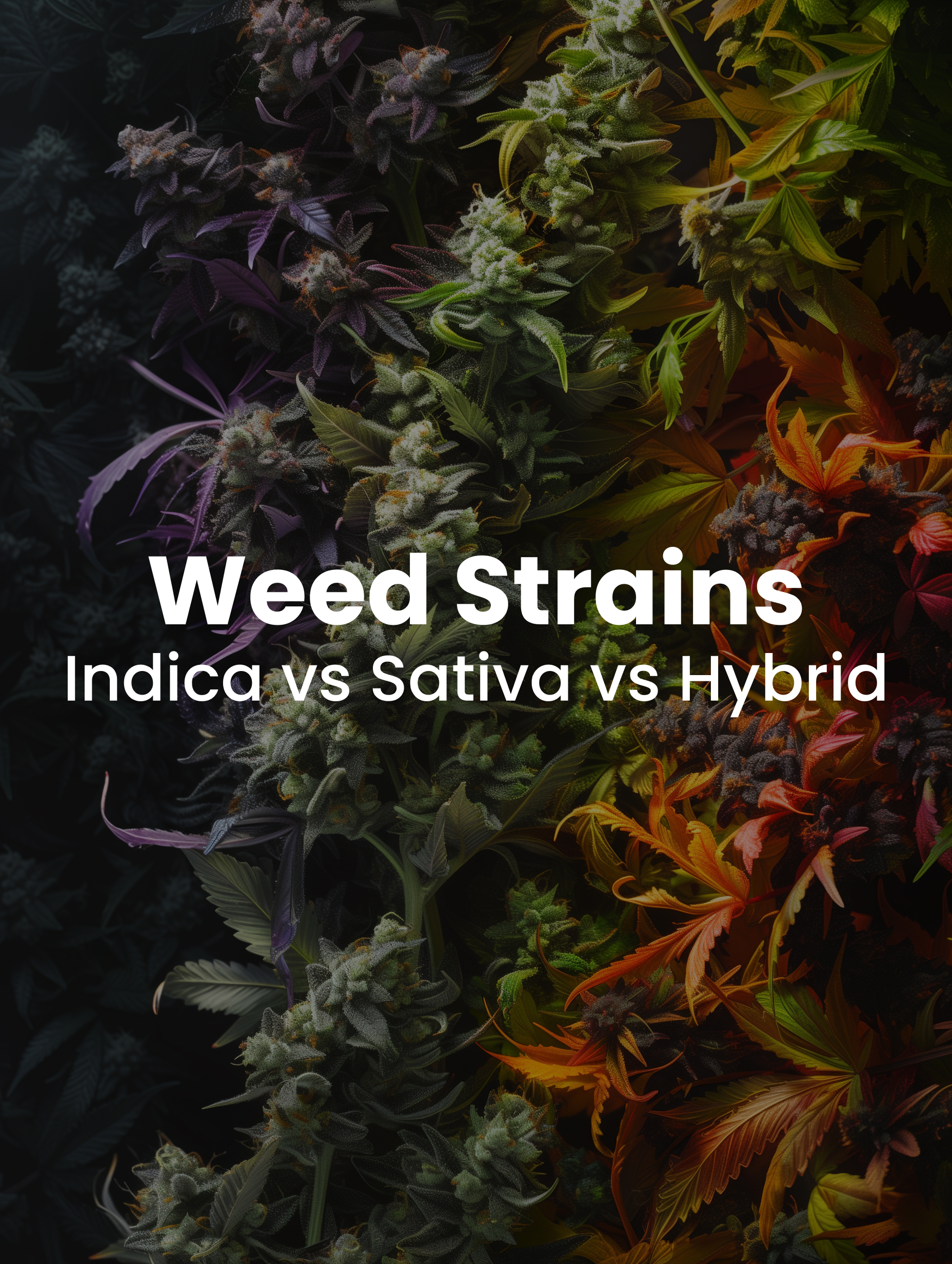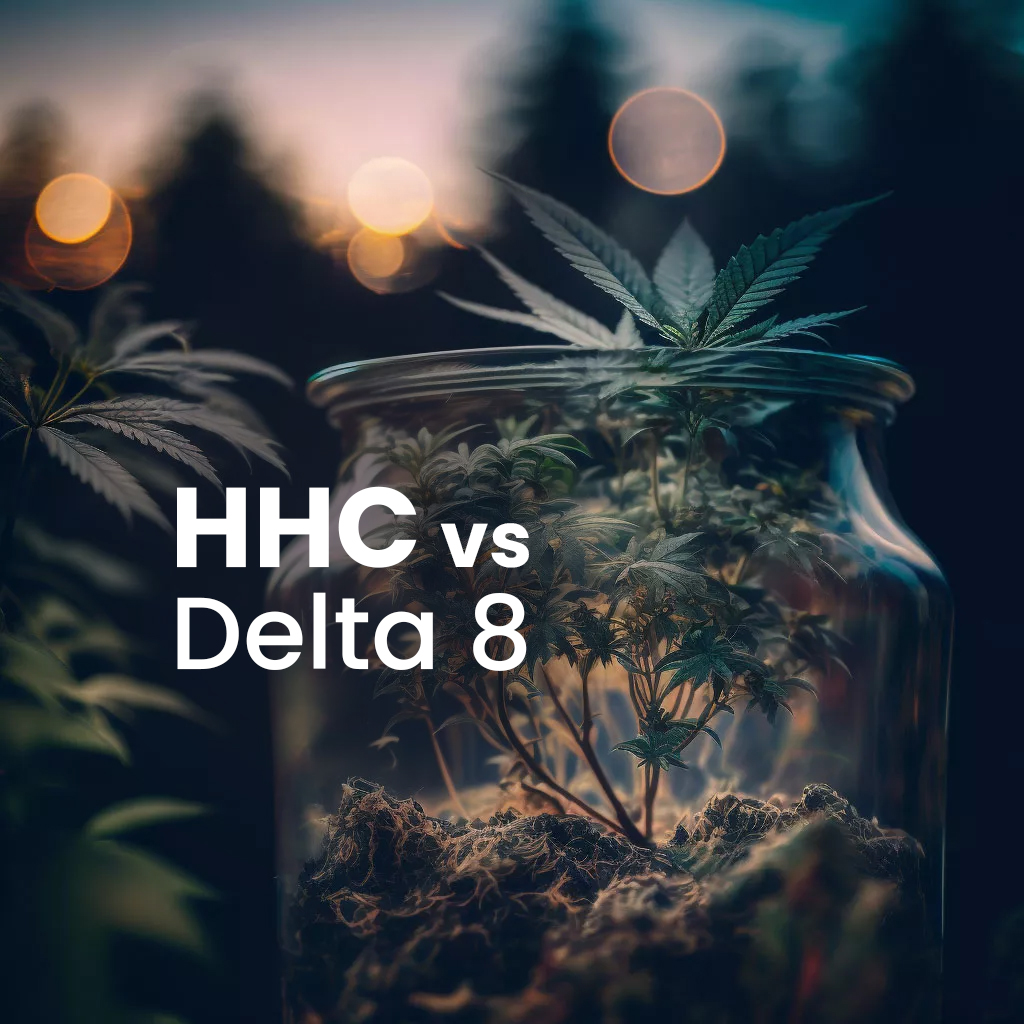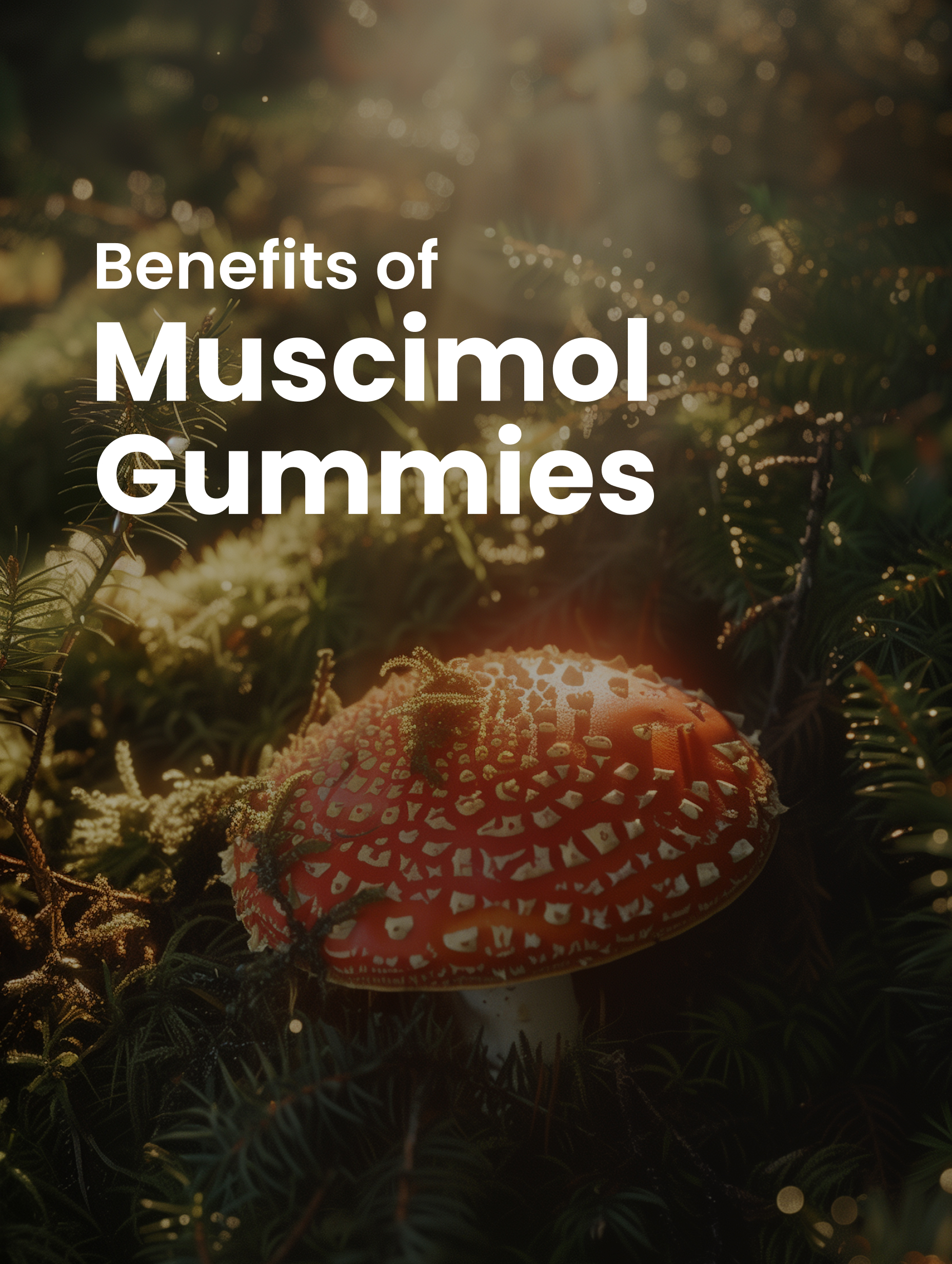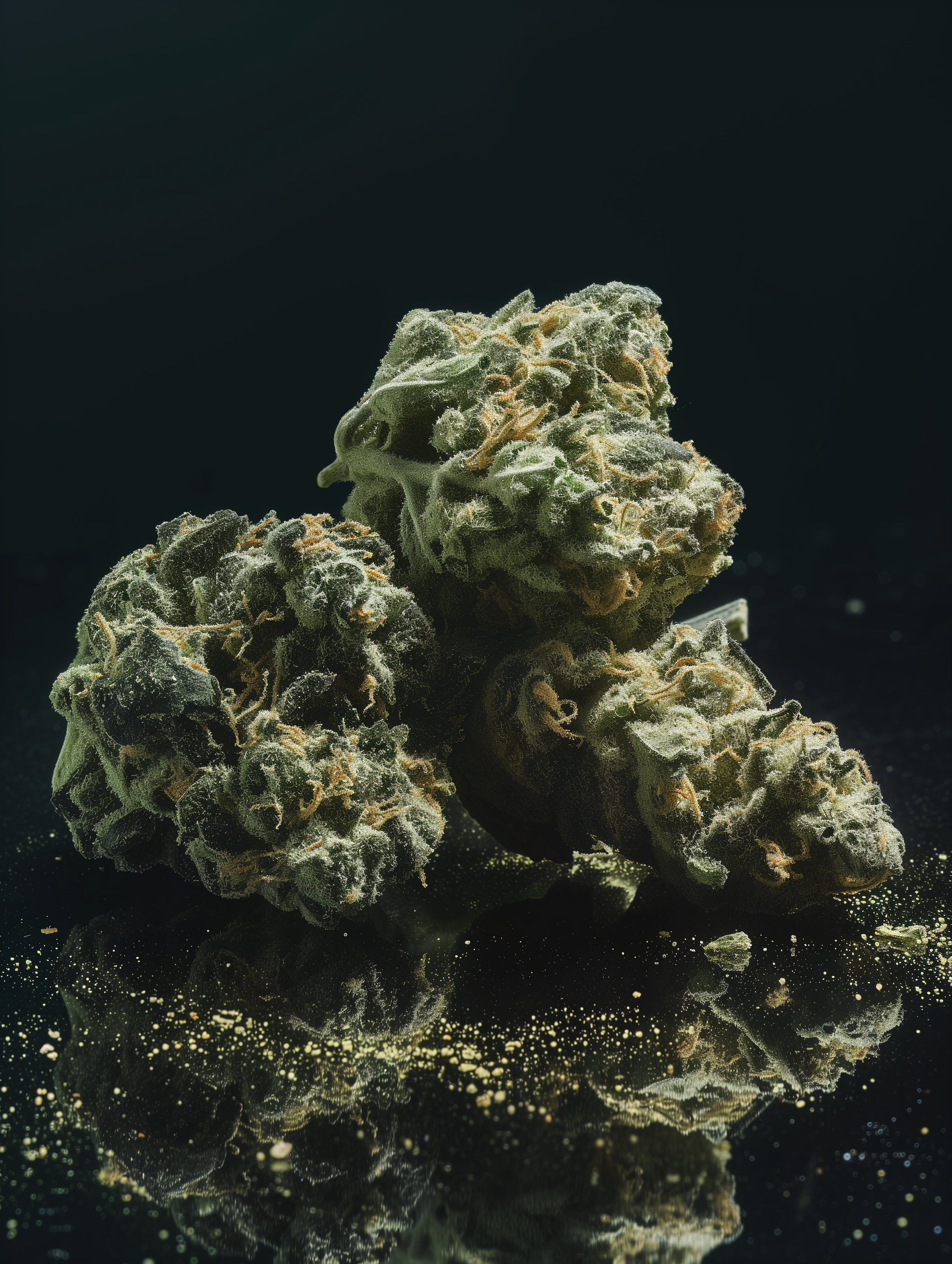What Does Indica Cannabis Do to You?
One of the two major varieties of cannabis is commonly referred to as indica plants. While cannabis remains federally illegal across the United States, an increasing number of states have begun legalizing medical and recreational use over the past decade, enabling expanded research into the effects and potential benefits of different terms indica strains.
Scientists are now examining the cannabinoids, terpenes, and other compounds found in these strains. Early studies show promising results for how these components may interact with the human endocannabinoid system.
There is still much to be explored about the mechanisms and potentials of this cannabis variety through further legal research. However, initial findings are assisting in providing greater understanding of this plant.


Key Takeaways
Indica refers to short, bushy cannabis plants originally from the Hindu Kush mountains. They have some distinct features like faster flowering cycles, higher CBD, and sedating terpenes.
Compared to sativa, indica offers more relaxing, sedative effects rather than an energizing high. It’s commonly used for relief from pain, anxiety, insomnia.
Its effects come from compounds like THC, CBD, and terpenes binding to the body’s endocannabinoid system receptors and restoring balance.
Research is still limited, but shows promise that indica could provide therapeutic benefits. More controlled trials are needed to fully understand its mechanisms.
Specific chemical profiles have a bigger impact on effects than just the broad indica category. Terpenes like myrcene strongly influence relaxation.
There are many myths around indica effects. Controlled research helps differentiate facts from misconceptions.
Choosing the right indica strain involves checking lab tests for cannabinoid/terpene contents and trying different options to find your ideal match.
Popular indica consumption methods include smoking/vaping for rapid effects or edibles for longer-lasting relief.
With more research as cannabis laws reform, we can better understand how indica interacts with the body and harness its potentials. But more work remains to be done.
What is This Cannabis Variety?
This variety refers to the short, bushy cannabis plants originating from the Hindu Kush mountains. Historically, landrace strains of this variety were cultivated in countries like Afghanistan and Tibet before being introduced to the Western world.
While type of cannabis was initially fully prohibited, some places have slowly reformed laws concerning medical use and research. However, under federal US law, it remains a Schedule I illegal drug, restricting research opportunities.
This variety exhibits some key features distinguishing it from sativa or indica ruderalis plants. The cannabis indica plant tend to be relatively short and dense, with wide leaves, adapted to cooler mountain climates.
Regarding chemical composition, strains of this variety tend to contain higher CBD levels relative to THC. Specific terpenes such as myrcene and linalool also impart relaxing, sedative qualities.
Differences from Sativa Plants
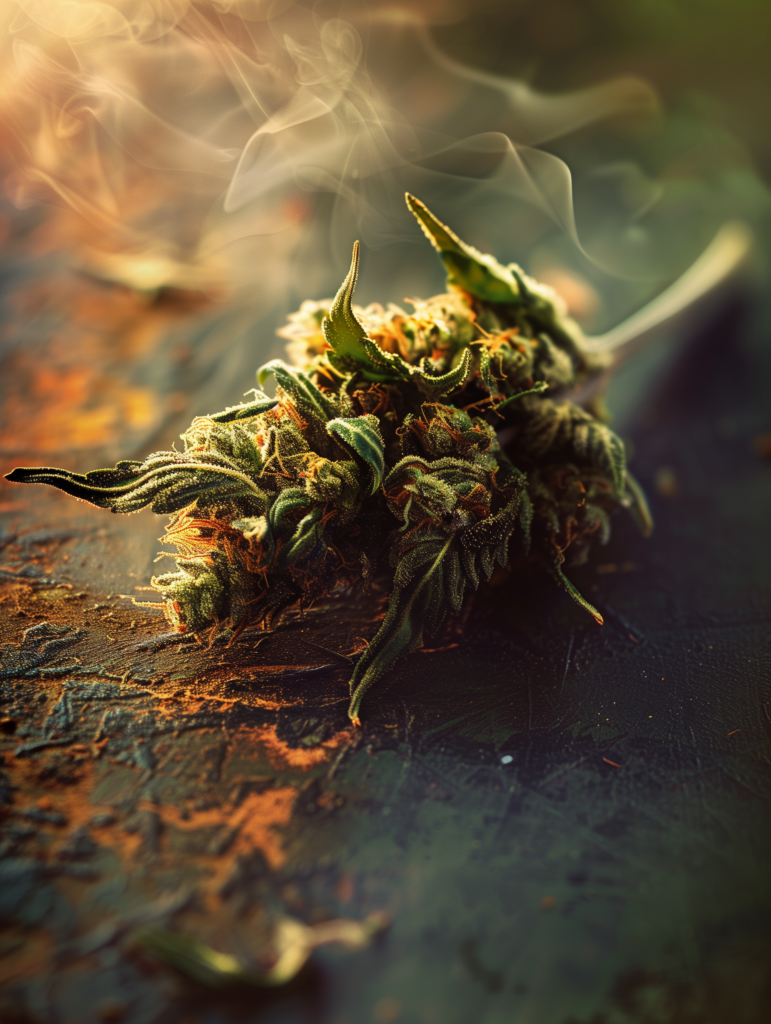
While this variety and sativa represent the two primary cannabis types, most strains today involve hybrid strains. Still, this indica and sativa strains differs in key aspects:
- Effects – this variety offers relaxing, sleep-promoting qualities, contrasting sativa’s energizing, uplifting mental effects.
- Composition – this variety tends to contain higher cbd to thc ratio over THC levels. Terpenes such as myrcene also enhance sedative properties.
So while sativa offers an energizing, creative high, this variety is commonly preferred by users seeking pronounced chronic pain.
The Science Behind Effects of Indica
The widely recognized relaxing, sleep-enhancing side effects stem largely from this variety’s chemical profile of cannabinoids, terpenes, and other compounds.
Certain terpenes are integral to strains of this variety. Terpenes such as myrcene and linalool present at higher levels impart sedative, sleep-promoting qualities.
While more research is required, early studies suggest this variety’s chemical makeup may help restore balance to this system, explaining its therapeutic, medicinal effects reported by many users.
Although initial results appear promising, human clinical trials remain limited by federal restrictions, so more research is still needed. However, early findings identify exciting areas warranting future investigation.
Common Misconceptions

Numerous myths persist concerning the effects and benefits of this cannabis product variety owing to historical prohibition and illegal status. However, expanding scientific investigation is beginning to provide factual clarity.
Some common myths are that this variety uniformly causes sleepiness or that all strains share identical sedative properties. In fact, outcomes may vary depending on the chemical composition of individual strains.
It’s vital to rely on controlled studies rather than anecdotal accounts or marketing claims when assessing cannabis. While this variety exhibits promise in many therapeutic domains, ongoing research and high-quality legal trials are needed to confirm effects.
Key Scientific Insights
While research is limited by federal restrictions, some key insights are rising from preliminary studies:
- Specific cannabinoid/terpene profiles dictate effects rather than broad classification
- Terpenes like myrcene strongly influence relaxation and sedation properties
- Interactions with the endocannabinoid system may improve outcomes like anxiety, appetite, sleep
Though early data seems promising, much remains to be learned about the intricate interactions of this cannabis variety through expanded legal research opportunities.
Selecting the Right Strain

Given the tremendous variety available, choosing a strain suited to one’s needs can prove challenging. Some factors to consider include:
- Clearly identify intended effects – sleep aid, relaxation, etc.
- Examine lab results for potency of key cannabinoids like THC and CBD
- Assess the terpene profile for myrcene, linalool, and others conferring advantages
Additionally, opt for lab-evaluated products from licensed, reputable producers whenever possible for safety, quality, and consistency. While research helps guide decisions, personal trials may be necessary to find the optimal strain.
Consumption Methods
Multiple techniques exist for legally consuming strains, each exhibiting distinct duration and onset:
- Inhalation via smoking/vaporizing – rapid onset but shorter duration
- Edibles and capsules – slower onset but more prolonged effects
- Tinctures/sprays – fast absorption into bloodstream
- Topicals like lotions – localized relief without intoxication
Research shows inhaled cannabis achieves the fastest cannabinoid delivery into the bloodstream and brain, while ingested edibles elicit the longest effects but delayed onset.
Final thoughts
While previous legal restrictions have limited research thus far, initial scientific investigations reveal promising results suggesting particular strains from this cannabis variety may offer therapeutic health benefits when consumed legally and responsibly.
With time and expanded diligent research, the public can gain insight into how this variety interacts with human physiology and psychology to harness its potentials.
Frequently Asked Questions
What does current research suggest about this variety's impact on relaxation?
While limited, early studies indicate particular cannabinoids/terpenes in some strains of this variety may interact with endocannabinoid receptors to potentially relieve muscle tension and promote relaxation. However, specific effects differ substantially depending on an individual strain’s unique chemical profile.
How might legal consumption affect sleep based on current studies?
Small preliminary studies show certain terpenes like myrcene more concentrated in strains of this variety may aid sleep and help reduce sleep difficulties for some insomnia sufferers. This variety could also enable better sleep for those experiencing pain. However, more rigorous research is still needed to confirm impacts on sleep cycles.
Are there studies on using this variety for enhancing creative thought?
While select strains have anecdotally been reported to heighten creativity, no major conclusive scientific studies yet demonstrate effects on creative thinking. Outcomes likely depend considerably on individual strain, dosage, and personal neurochemistry/biochemistry. More controlled trials would be needed to analyze this potential impact.
What are the legal implications of growing and using this variety for research?
Under federal US law, all cannabis growing and use remains prohibited, although hemp-derived CBD is permitted. Some states now allow medical/recreational cannabis use and research under strict regulation, while others forbid it completely. All cannabis research and recreational activities must comply fully with state and local statutes.
The statements on this blog are not intended to diagnose, cure, treat or prevent any disease. FDA has not evaluated statements contained within the blog. Information on this website or in any materials or communications from Inheal is for educational/informational purposes only and is not a substitute for medical advice, diagnosis, or treatment. Please consult your healthcare provider before making any healthcare decisions, correct dosage or for guidance about a specific medical condition.

A connoisseur of cannabis creativity and true contemplation with more than 20 years of experience, Chris extracts deep thoughts from getting lightly baked and shares his wandering mind. He blends cuisine and cannabis culture into nutritious, delicious recipes and insights for other hemp lovers.
Related Posts

Weed Strains: Indica vs Sativa vs Hybrid

Comparing HHC vs Delta 8: Which is Right for Me? – Inheal

Guide to Understanding the Benefits of Muscimol Gummies

Best Cannabis Strains for Enhancing Your Video Game Experience

Why are Cannabis Users Raving About Marijuana Moon Rocks?

Cheetah Piss Strain: Potent Flavors and Mind-Bending Effects

Exploring Terpene Profiles of Popular THCA Strains

Delta 8 Side Effects: What They’re Not Telling You

Memory Loss Cannabis Strain: Mind-Bending Cerebral Adventure
All Posts


